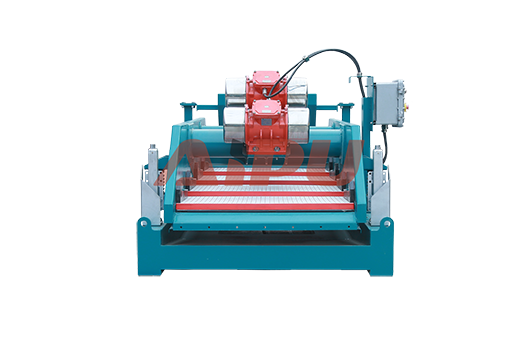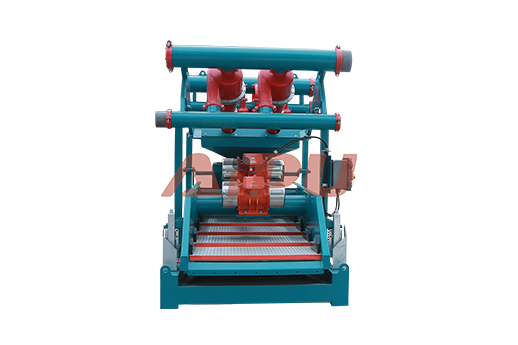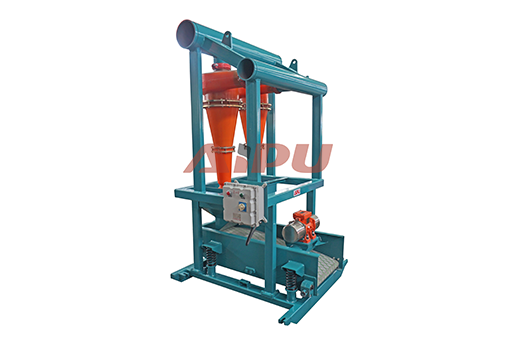Shale Shaker vs Desander Key Differences Explained
In the complex world of drilling fluid management, two pieces of equipment stand as the first line of defense against solids: the shale shaker and the desander. Understanding the distinction between them is critical for optimizing drilling efficiency and protecting downstream equipment. While both are solid control devices, their operating principles, particle removal capabilities, and placement within the processing sequence are fundamentally different.
Primary Function and Operating Principle
The shale shaker is the primary and first stage of solids control. It utilizes vibrating screens to separate large drill cuttings and coarse solids from the drilling fluid. The fluid passes through the screens, while the larger solids are conveyed off the screen deck and discarded. Its primary role is to remove the bulk of the solids to prevent overloading the finer separation equipment that follows.
In contrast, a desander is a secondary, or sometimes tertiary, stage solids control device. It is a type of hydrocyclone that uses centrifugal force to separate particles. The drilling fluid is pumped tangentially into the cone, creating a vortex. Heavier, finer solids are forced to the walls of the cone and ejected through the bottom, while the cleaned fluid exits through the top.

Particle Size and Removal Efficiency
This difference in technology leads to a major distinction in the size of particles each unit can remove. A shale shaker is designed to capture particles generally larger than 74 microns, though fine-screen shakers can approach separations down to 20-40 microns. The desander is specifically engineered to remove fine sand-sized particles in the range of 15 to 47 microns that the shaker misses. Using them in series creates a highly effective multi-stage purification process.
Placement in the Solids Control System
The sequential placement of these machines is non-negotiable for an efficient system. The drilling mud first flows from the wellbore directly onto the shale shaker. After the bulk solids are removed, the "shaker-underflow" mud is then processed by the desander. Placing the desander before the shaker would cause it to clog almost instantly with large cuttings, rendering it useless and causing significant downtime.
Choosing the Right Equipment for Your Operation
Selecting between a shale shaker and a desander is not a choice; a properly configured system requires both. The decision point lies in choosing the right models and specifications for your specific drilling conditions, including the formation type, flow rate, and desired fluid properties. A robust shale shaker with the correct screen mesh is the foundation, while adding a desander is essential for extended drill bit and pump life when dealing with abrasive fine sands.
For operations demanding peak performance and reliability from their solid control equipment, partnering with an experienced manufacturer is key. Aipu is a trusted provider of high-quality solids control systems, offering a comprehensive range of shale shakers, desanders, and other vital equipment engineered for durability and efficiency in the most challenging environments.







